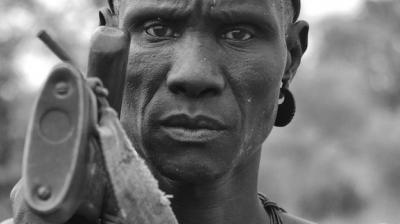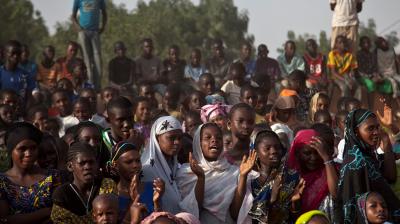A violent compound: competition, crime and modern conflict
A notable characteristic of several of the most intractable conflicts in the world today is the presence of more than one sort of violence. In cases such as Syria, Mali and Libya the lines between armed conflict and other forms of organised violence have blurred. Conflicts that originated in political divisions have assumed criminal dimensions. At the same time highly criminalised parts of Central America and Mexico have witnessed the coercion of the state and society by groups whose methods resemble the military strategies of an insurgency.
“Non-conventional armed violence” is the term used to describe forms of organised violence that do not fit the formal classification of armed conflict as a “contested incompatibility” between two or more parties. However, violence without a clear political or ideological goal is no soft alternative to old-fashioned war. It can be as lethal as conflict, and is a notorious presence in protracted wars where both multiple factions and the state are fighting. The search for new streams of illicit revenue, connections to transnational crime, volatile ties to local communities, the collapse of vertical chains of military authority, and a certain ambivalence to official state and security institutions when these can partly be captured for shared material gain are the hallmarks of this violence wherever it flourishes.
Drawing on a series of 12 NOREF reports studying six countries affected by non-conventional armed violence, as well as core areas for policy responses, this synthesis report points to the importance of understanding and addressing this violence due to the critical role it plays in perpetuating insecurity, blocking peace and causing complex emergencies. Among its recommendations, the synthesis report calls for more flexible forms of mediation and reintegration for non-conventional armed groups, the redesign of humanitarian responses, and the implementation of novel controls over illicit flows connected to violent groups.



